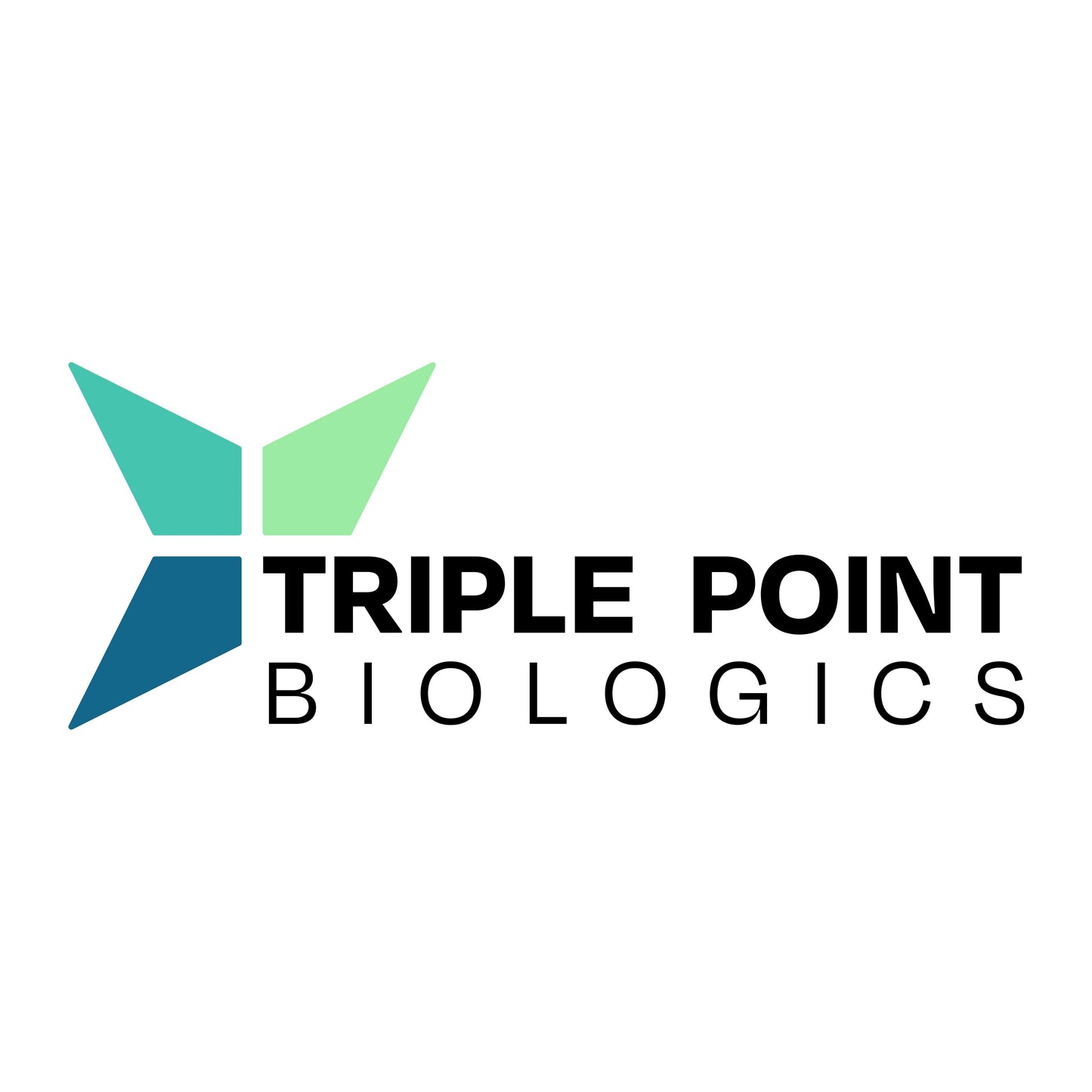Site-2 Protease
Site-2 Protease
Regular price
$398.00 USD
Regular price
Sale price
$398.00 USD
Unit price
per
Dilution Ranges:
Couldn't load pickup availability
Anti-MBTPS2 Rabbit Polyclonal Antibody

Product details
Pack size: Gene Symbol:
Alternative names:
UniProt Identifier: Host Species:
Validated Applications: Clonality:

